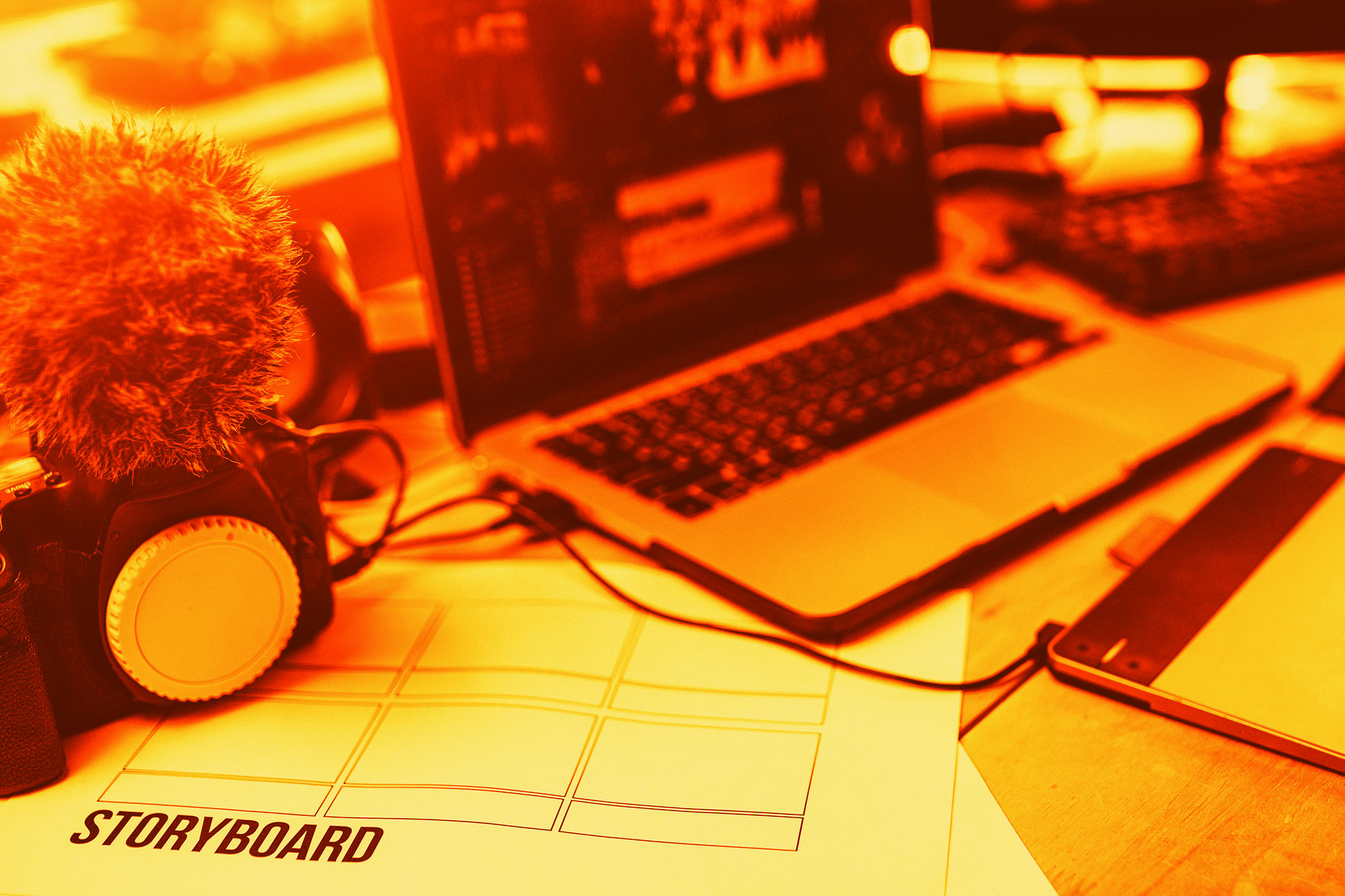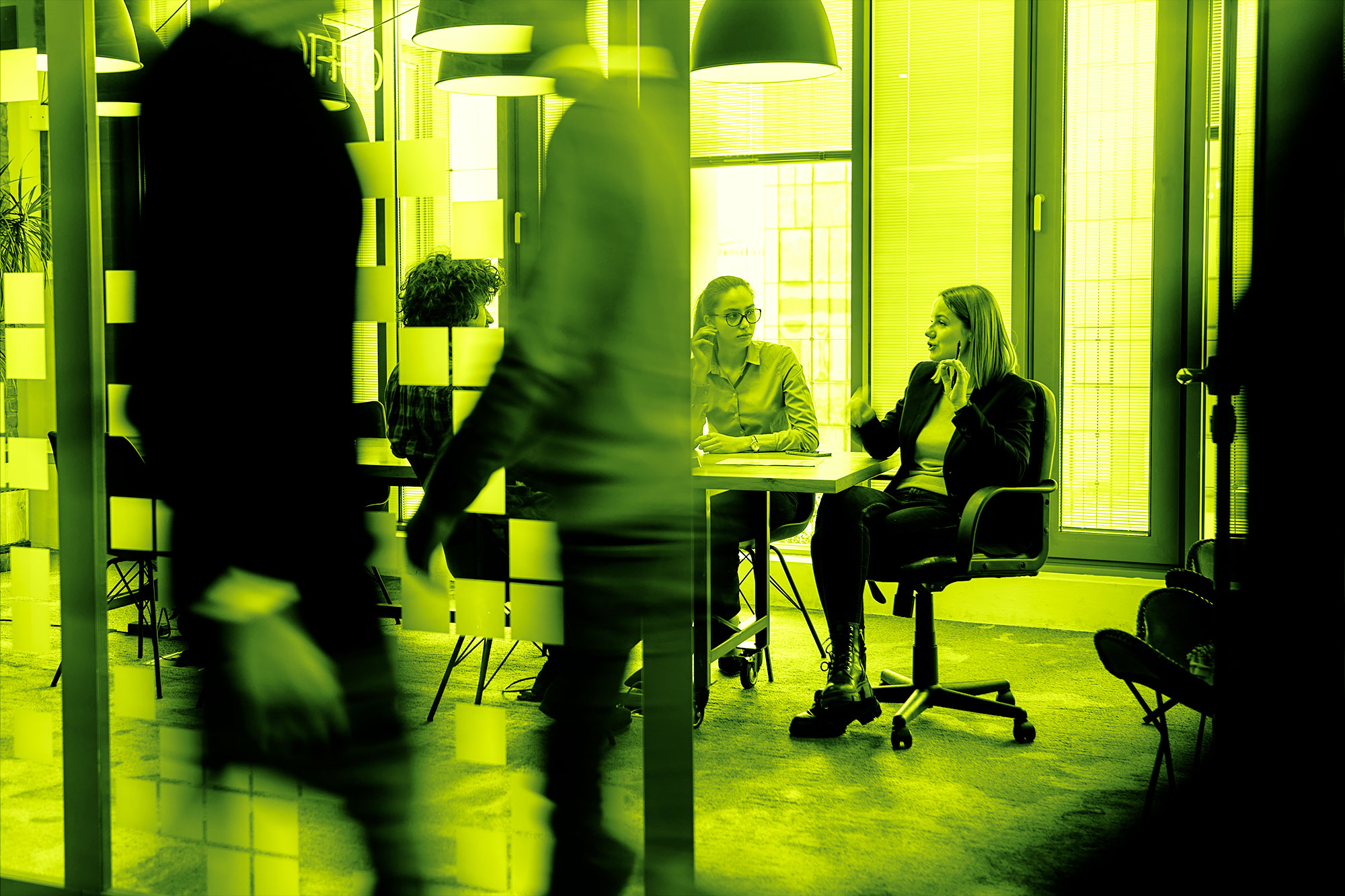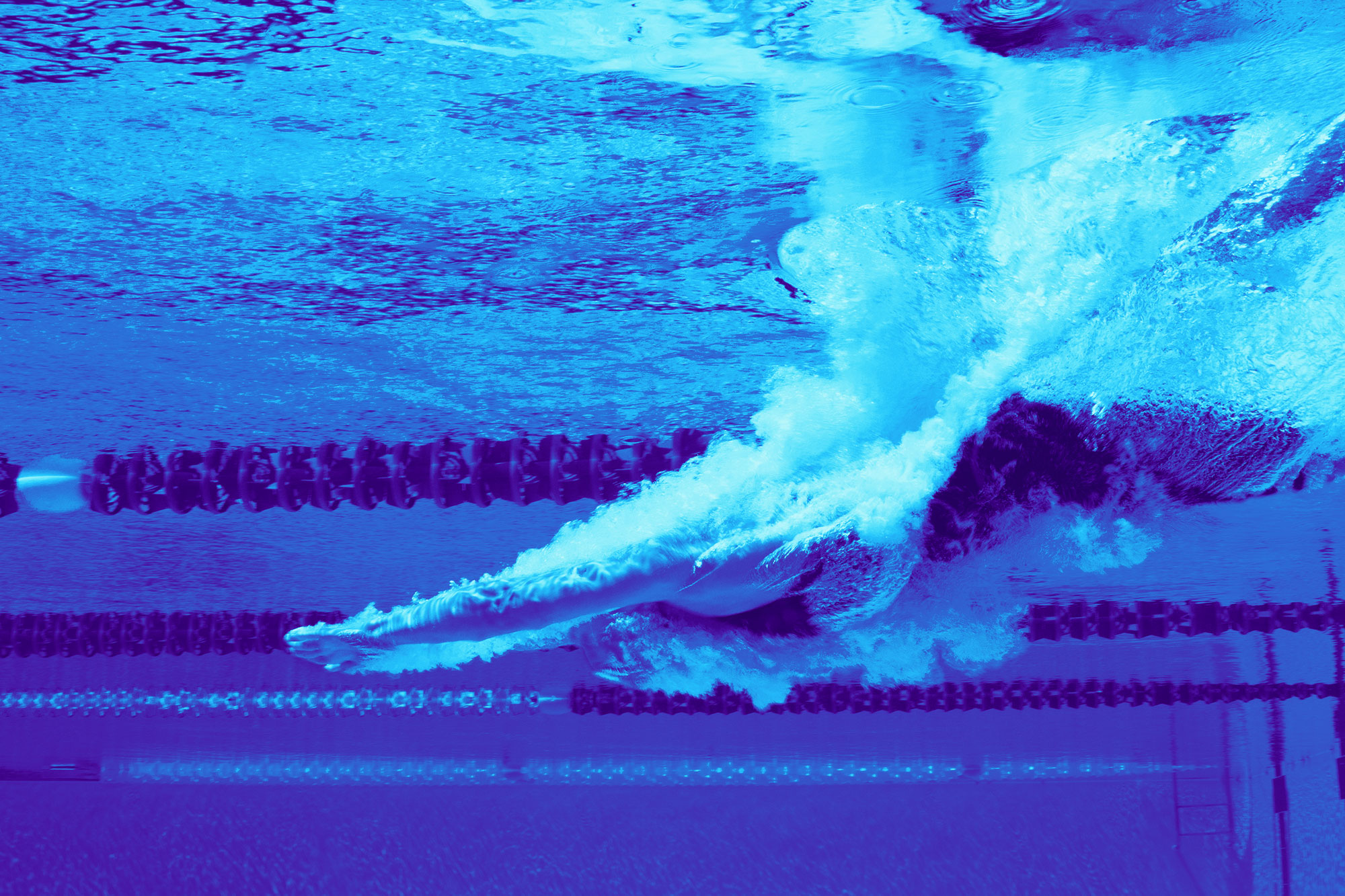A successful media event can really strengthen your relationship with relevant journalists and publications to aid your wider PR campaign and plans moving forward. It’s a chance for you to showcase your latest products and solutions or release an insightful piece of intellectual property to targeted media attendees. You may even wish to partner with a customer or trade partner to present your business as an industry leader on a relevant theme.
Ultimately, if you are planning a media event it needs to have the desired result of ensuring relevant media coverage or at least consolidating relationships with media for opportunities further down the line. The following points will help to achieve an effective event that delivers on these results:
Define a Theme – To maximise media attendance, its highly important that a theme is decided upon that will resonate with key journalists. A balance needs to be struck between your marketing plans and a theme that is topical with the target media – ideally a theme relevant to what journalists are writing.
Exclusive Content – In dissecting this theme for the media, you need to offer something exclusive to them to ensure they attend and plan write-ups afterwards. Exclusive content could be commissioned research results that you plan to release at the event or news of your latest product or solution which you can demo to those in attendance. Stronger still, you could partner with a customer to discuss your latest findings or solution. An endorsement from a customer in attendance at the event will also hold media interest because they can provide valuable proof points and context to the theme discussed.
Define Roles and a Timeline – Communication is key ahead of a media event with roles defined as part of a cohesive process. Tasks such as choosing and managing the venue, briefing spokespeople and preparation of presentation and media documents should be discussed at the start with a checklist created from the outset. A shared timeline will ensure that progress can be monitored ahead of the event with regular weekly touchpoints in the diary to discuss completed items, challenges to resolve and next steps.
On the Day – Thorough preparation ensures that all scenarios can be managed effectively on the day of the media event. With media attendance, preparation should start with the spokespeople to check that they have revised presentations, key messages and answers to predicted questions from journalists. The event may start at a certain time, but rehearsals, run-throughs and last minute preparations are factored in ahead of journalists arriving. In working with a PR agency, the floor plan, dietary requirements, itineraries and media packs should be printed and shared with a team large enough to manage the number of attendees you are expecting. The team’s engagement with the media on the day is vital. They should be equipped with the correct media materials to share with the journalists in person rather than sending afterwards.
Following-up – Once the media event is over, following-up with the media attendees is highly important if the desired results of coverage are to be achieved. There may have been follow-up questions from journalists that need to be checked with the correct information sent through as swiftly as possible. Often, the work starts after the event has taken place as contact with the attending media needs to continue to ensure they have everything to write-up their reactions.
Charlotte Causley, Account Director







